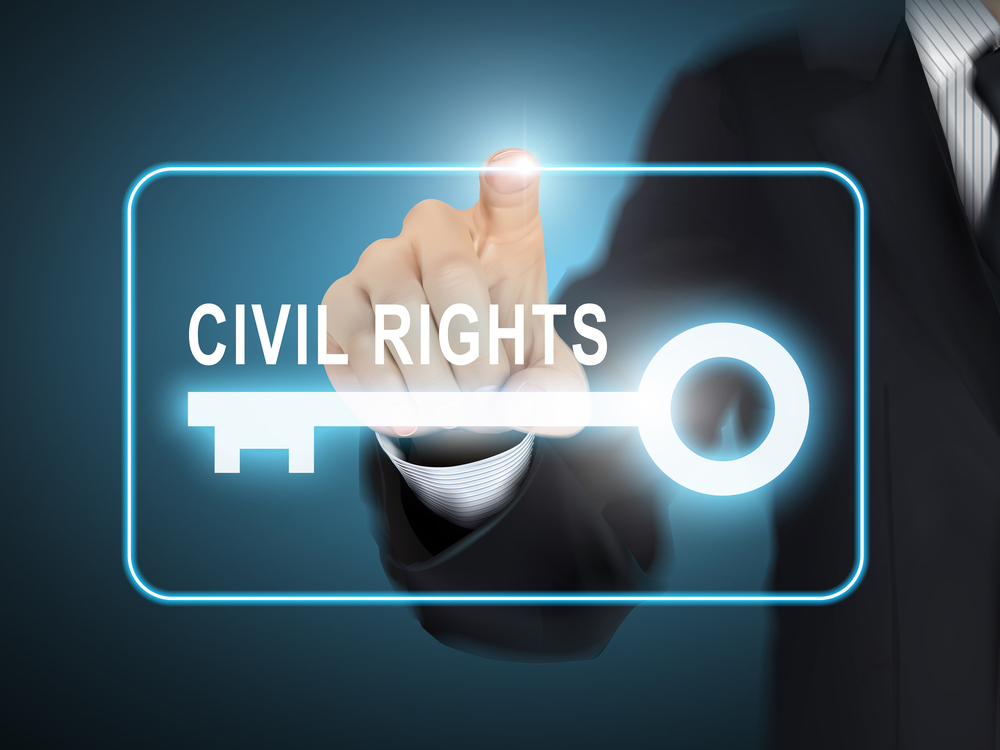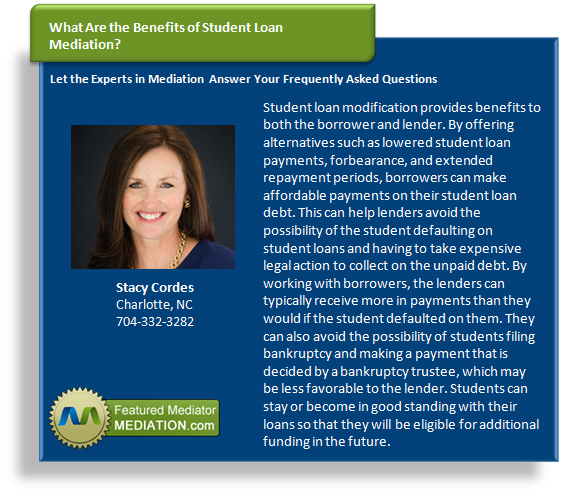Mediation is an effective way to resolve legal disputes that save the parties time, money and frustration. The parties are aided by a third party neutral such as Neil Robertson who is often selected for his subject matter expertise. If mediation is successful, the case can come to its end and the victim can receive a faster settlement. The typical personal injury case will involve the following steps:
1. Selection of Mediator
One of the significant benefits of mediation is that the parties can choose their own mediator. In litigation, the parties are generally assigned a judge at random. For example, parties involved in mediation can choose someone who has experience in personal injury law like Neil Robertson, who has an extensive background in personal injury defense litigation, premises liability and products liability. A person with this background has greater authority in the practice area and can discuss the real strengths and weaknesses of the case. Once the parties agree on a mediator, the mediator schedules the mediation at an agreed upon date, time and location.
2. Preparation for Mediation
Before the mediation session, the parties will meet with their attorneys, discuss the process and learn what to expect. The victim will compile all evidence that supports his or her version of events and extent of damages. The insurance company may review what similar cases have settled for or compile evidence to minimize the value of the claim. The mediator will also send a mediation and confidentiality agreement to the parties. It is important that the parties understand that the pr3Socess is confidential and that if they do not reach an agreement that they cannot repeat the information discussed in mediation.
The parties’ lawyers will usually attend mediation with their clients. However, the parties may meet with their lawyers to discuss strategy. The accident victim may discuss a possible settlement range. He or she should also discuss any particular needs for settlement funds, such as annual distributions or putting the money in a trust. The defendant may also want to discuss strategy with his or her lawyer, such as a potential settlement value and a point when the defendant would prefer to take the case to trial.
3. Opening Statements
At mediation, the mediator will introduce the parties to each other. Typically, the victim will appear with his or her personal injury lawyer. The defense attorney and claims adjuster will also attend. He or she will describe the mediation process and the ground rules.
Next, each party will give an opening statement about their side of the case. The victim’s lawyer may give an estimated value of the case and the reason for this value. The defense responds with its own opening statement and why the perceived value is less. The opening statement is helpful for the mediator to understand the respective positions and for the parties to hear the perspective and evidence from the other side of the case.
4. Caucuses
After the opening statement, it is common for the parties to split up into different rooms for the remainder of mediation or for a substantial portion of the mediation process. The mediator meets with one party at a time, identifies the party’s interests and obtains important information about the case. The mediator goes back and forth between the parties.
During these private caucuses, the mediator asks questions to learn more about the case. The parties talk confidentially with the mediator and the mediator cannot share this information with the other side unless explicitly granted permission. Therefore, the personal injury victim or insurance adjuster may reveal information about the case that may not help the party but that lets the mediator know about a possible concern or wiliness to settle.
During these private sessions, the mediator also points out weaknesses to each party’s side of the case. The mediator will also suggest compromises. He or she will get the parties to reevaluate their positions and remind them of the risk of continuing litigation, such as an uncertain outcome, more time and greater expense. During these sessions, the parties may share evidence with the mediator, such as an expert witness report or evidence that the victim may have exaggerated injuries. This evidence will help the mediator evaluate the strength of the case and how a jury would likely react to the evidence.
5. Offers and Counteroffers
One party will open by making an offer that he or she would accept to end the case. The mediator communicates this offer to the other party. The other party usually responds with a counteroffer. This process may continue for a while. The mediator continues asking questions and tries to get the parties to reach an amicable solution. Mediators use conflict resolution skills to get the parties to minimize points of controversy between them and reduce negative feelings.
6. Settlement
If the parties are able to reach an agreement, the parties will sign a written agreement. This agreement will set out the terms of the settlement, including a dismissal of all claims in exchange for the settlement, the amount of the settlement, and the date or dates when the settlement funds will be disbursed. The parties’ attorneys prepare the necessary paperwork to file with the court to end the claim. The court will then dismiss the case once it has been resolved.
If the parties do not reach a settlement by the end of mediation, negotiations may still continue. The parties may come to an agreement at some point in the future. Even if the parties are not able to reach a settlement, they still gain valuable information at mediation, such as the strengths and weaknesses of their case, the evidence that will likely be introduced and how the parties will appear in front of a judge or jury. This added knowledge often helps the parties attain a more realistic outlook on their case.
If you would like to schedule personal injury mediation, contact Robertson Mediation.
Robertson Mediation
www.robertsonmediationflorida.com








